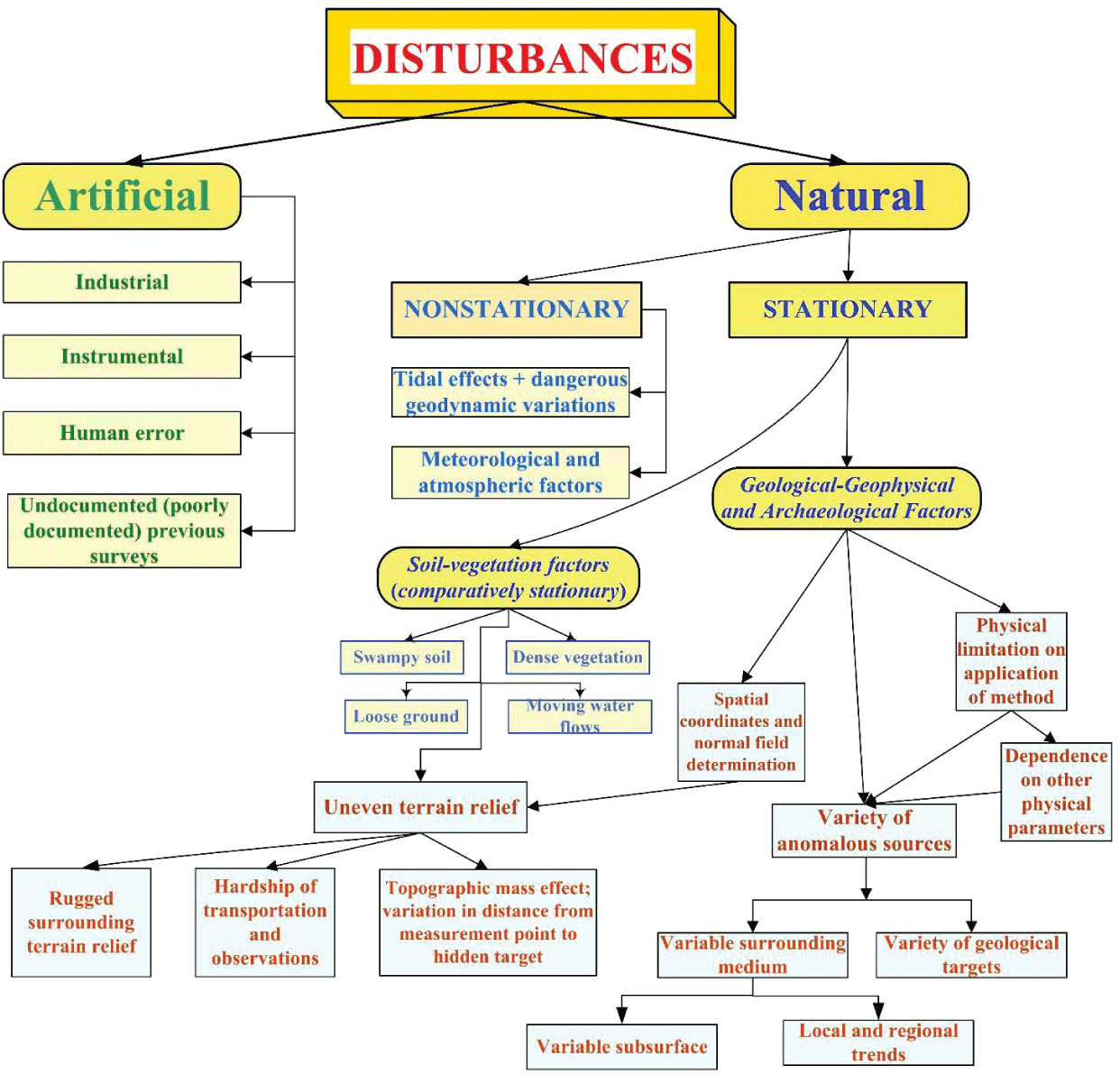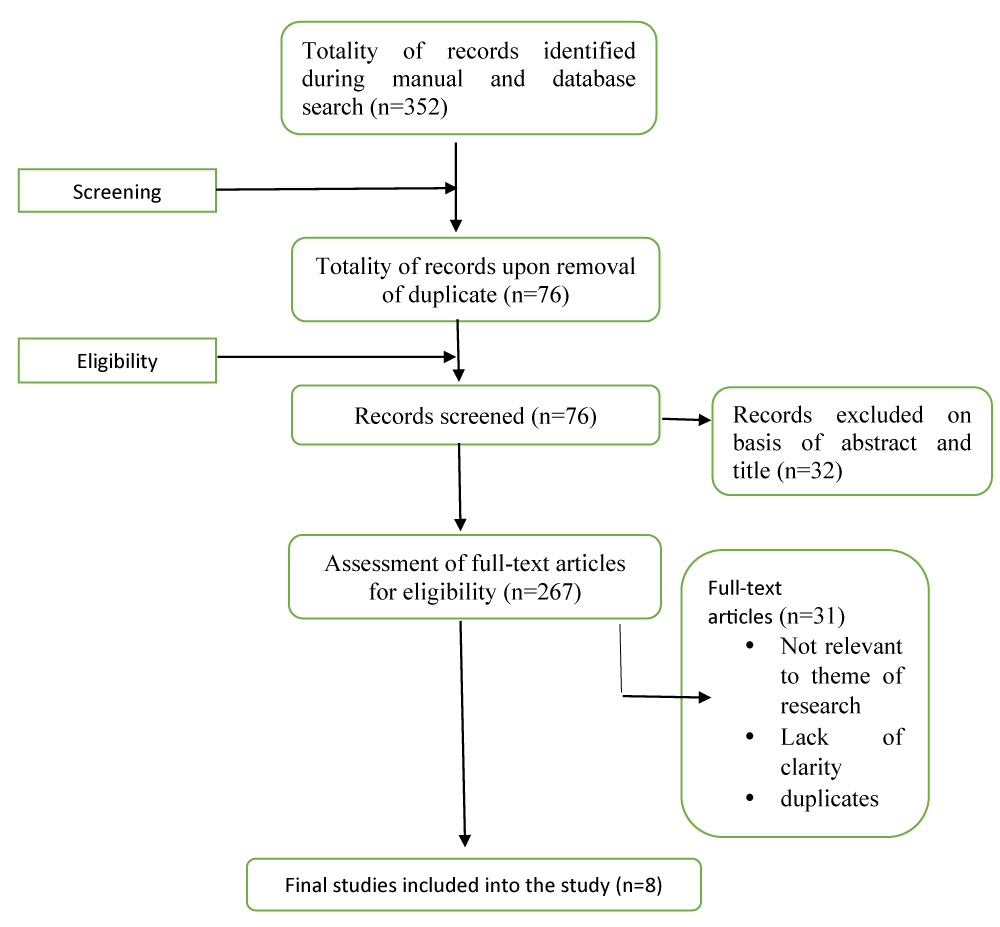Article Explorer

Microgravity Employment in Archaeology – Available Experience and Future Perspectives

Scientific Productivity of the Internet of Things (IoT) in 2011-2025: A Bibliometric Analysis
Human Missions to Mars Using the Starship

Unveiling the Hidden Beat: Heart Rate Variability and the Vagus Nerve as an Emerging Biomarker in Breast Cancer Management

Barriers and Enablers to the Adoption of Health Technology Assessment (HTA) in Sub-Saharan Africa Health Financing Decisions Systematic Review
Unraveling Cognitive Aging: A Comprehensive Narrative Review of the Seattle Longitudinal Study and Recent Breakthroughs

Engineered Escherichia coli Strains as Therapeutic Agents in Reactive Oxygen Species (ROS)-Mediated Glioblastoma Treatment: A Systematic Review of Mechanisms, Efficacy and Challenges
 Research Article
Research Article
Microgravity Employment in Archaeology – Available Experience and Future Perspectives
Microgravity investigations are widely applied today to address various environmental and geological problems. Unfortunately, this geophysical survey type is comparatively rarely used to search for the hidden ancient targets. It is primarily caused by the small geometric size of the desired archaeological objects and various types of noise that complicate the analysis of the proper signal. At the same time, the development of a modern generation of the gravimetric field equipment enables the registration of anomalies as small as one microGal (10-8 m/s2), presenting a new challenge in this direction. Correspondingly, the accuracy of gravity variometers (gradientometers) is also significantly increased. A review of microgravity searching and localization of archeological remains of different sizes and types is given. It is shown that the development of the Physical-Archaeological Models (PAMs) increases the effectiveness of the geophysical process. A quantitative interpretation methodology for the gravity anomalies in complex physical-geological conditions, based on non-conventional solutions transferred from magnetic prospecting, is briefly explained. Advanced 3D modeling of a gravity field elucidated the peculiarities of the ancient target delineation under complex physical-environmental conditions. Calculating the second and third derivatives of the gravity potential helps reveal some peculiarities of the different buried PAMs. Many types of archaeological targets in the world have been categorized by their density and geometrical characteristics into several groups. The model computations and archaeological-geophysical reviews indicate that the microgravity investigations may be successfully applied to at least 20% of the available archaeological sites worldwide. The numerous examples supplement the review presented. The further development of the microgravity studies is also discussed.






